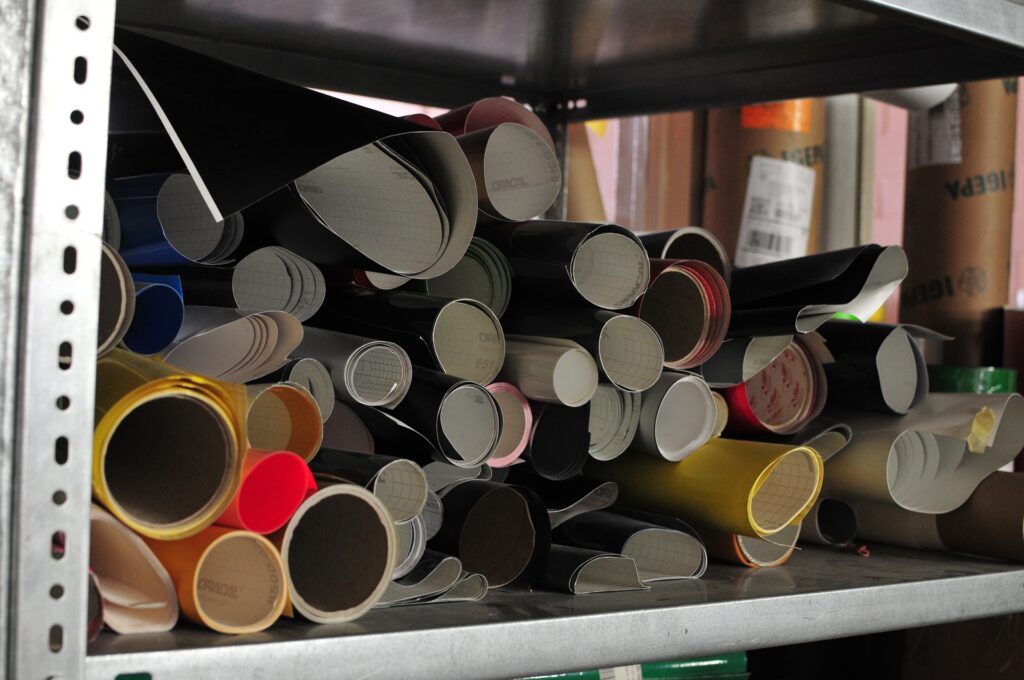Strategies for ensuring your graphics support and enhance your event’s goals and objectives
Event graphics play a pivotal role in shaping the atmosphere, conveying messages, and engaging attendees. To maximize their impact, it’s crucial to align your graphics with the specific objectives of your event. Whether your goal is to boost brand awareness, drive sales, or enhance attendee experience, well-aligned graphics can significantly contribute to achieving these outcomes. This article provides strategies for ensuring your event graphics effectively support and enhance your event’s goals and objectives.
1. Define Your Event Objectives Clearly
Understand the Event’s Purpose: Before you start designing, clearly define the primary goals of your event. Are you aiming to increase brand visibility, launch a new product, educate attendees, or drive networking? Understanding the event’s purpose will guide your graphic design decisions.
Set Specific Goals: Break down the overarching objectives into specific, measurable goals. For example, if the goal is to drive sales, a specific objective might be to increase booth visits or promote a special offer.
2. Tailor Graphics to Match Event Goals
Align Visual Themes: Ensure that the visual themes of your graphics reflect the event’s objectives. For instance, a product launch event should feature graphics that highlight the product’s key features and benefits, while a networking event might focus on graphics that promote attendee interaction.
Incorporate Relevant Messaging: Use graphics to communicate messages that align with your event goals. For example, if the goal is to raise awareness about a cause, use impactful imagery and messaging that resonate with the cause.
3. Design for Engagement
Create Interactive Elements: Incorporate interactive elements such as QR codes, touch screens, or social media integration to engage attendees. This can drive interaction, gather feedback, and support event objectives such as lead generation or audience participation.
Use Call-to-Actions: Include clear call-to-actions (CTAs) in your graphics. Whether it’s to visit a booth, sign up for a newsletter, or participate in a contest, effective CTAs guide attendees toward achieving the event’s objectives.
4. Ensure Consistency Across All Graphics
Maintain a Unified Design: Consistency is key to reinforcing your event’s goals. Ensure that all graphics—whether they are banners, posters, digital screens, or social media posts—follow a cohesive design that aligns with the event’s branding and objectives.
Reinforce Key Messages: Use graphics consistently to reinforce key messages throughout the event. This ensures that attendees receive a clear and unified message, enhancing the overall effectiveness of your graphics.
5. Use Data to Inform Design Decisions
Analyze Attendee Data: Utilize data and insights about your target audience to inform your graphic design. For instance, if your data shows that attendees are interested in specific topics, incorporate those topics into your graphics to make them more relevant and engaging.
Monitor Real-Time Feedback: During the event, gather real-time feedback on your graphics’ effectiveness. Adjust and optimize as needed to better support your objectives and improve attendee engagement.
6. Optimize Graphics for Different Platforms
Design for Multiple Formats: Ensure that your graphics are optimized for various platforms and formats, including digital screens, print materials, and social media. Tailor your designs to each platform’s specifications while maintaining a consistent message and visual style.
Consider Venue-Specific Requirements: Adapt your graphics to fit the venue’s layout and constraints. Whether it’s a large conference hall or a small breakout room, ensure that your graphics are visible, legible, and effective in the given space.
7. Collaborate with Your Team
Engage Stakeholders: Collaborate with key stakeholders, including event planners, marketers, and designers, to ensure that the graphics align with the event’s objectives. Regular communication and feedback will help refine the designs and ensure they meet your goals.
Incorporate Input from Event Partners: If you have event partners or sponsors, incorporate their branding and messaging into the graphics while maintaining alignment with the event’s objectives. This collaboration can enhance the event’s overall impact and reach.
8. Measure and Evaluate Success
Assess Graphic Effectiveness: After the event, evaluate how well the graphics supported your objectives. Review metrics such as attendee engagement, lead generation, and overall feedback to assess the impact of your graphics.
Gather Feedback for Improvement: Collect feedback from attendees and stakeholders to identify areas for improvement. Use these insights to refine your graphic design strategy for future events.
Conclusion
Aligning your event graphics with your event’s objectives is essential for maximizing their impact and ensuring a successful outcome. By understanding your goals, tailoring your graphics, and maintaining consistency, you can create compelling visuals that enhance your event’s effectiveness.
EventGraphics is your expert partner in designing impactful graphics that align perfectly with your event’s goals. Our team specializes in creating tailored, high-quality graphics that support and enhance your event objectives. Contact EventGraphics – The Event Graphic Specialists today to elevate your event with graphics that make a difference.

